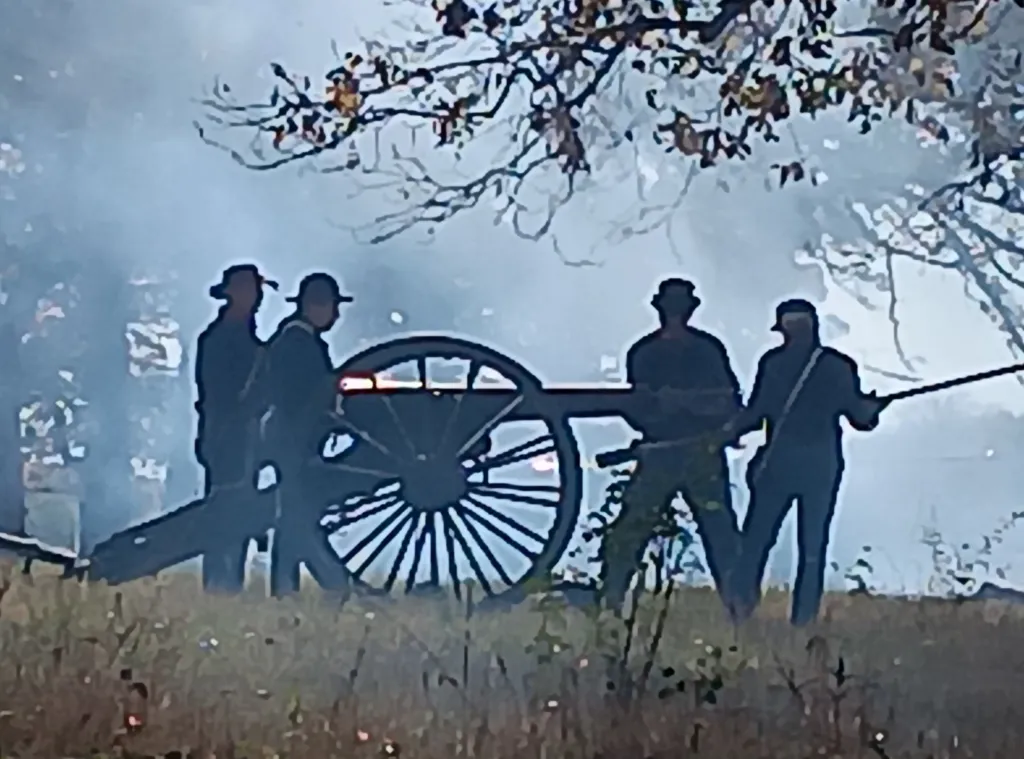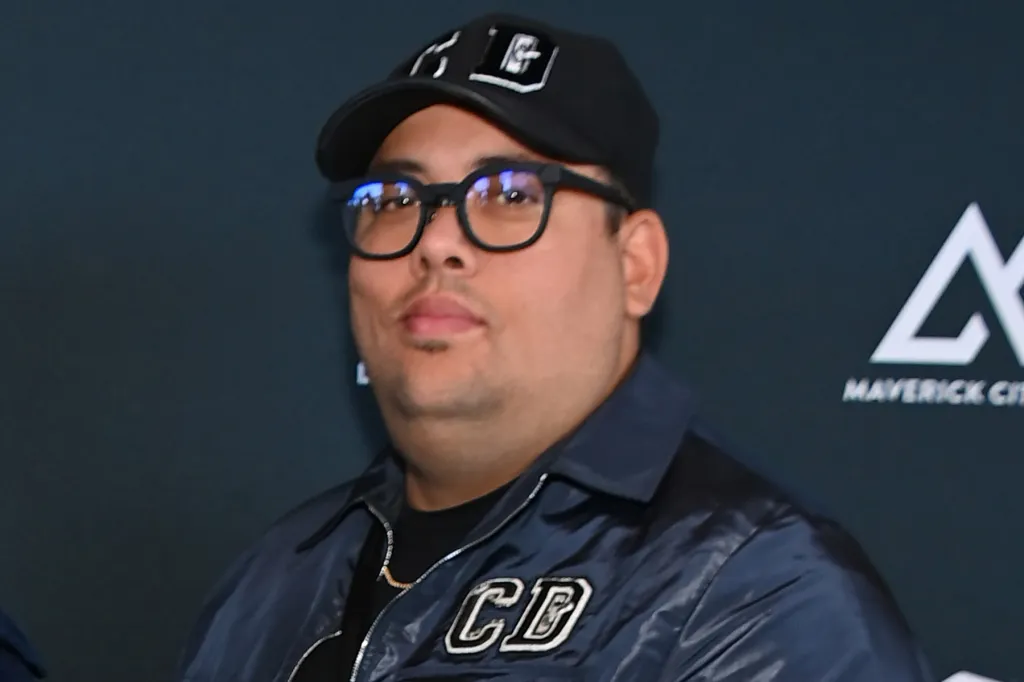Copyright Chicago Tribune

About 350 people attended the Hainesville Civil War Encampment and Battle on Saturday, where they were exposed to everything from field surgical units to the singing master for morale as they immersed themselves in what camp life might be like during the war years of 1861-1865. Activities included marching in drill formation, listening to actors give speeches as Abraham Lincoln and Jefferson Davis and children were encouraged to solicit fun facts from listed reenactors to earn certificates. Visitors also had the chance to actually touch the field artillery pieces while walking the site and meeting the soldiers. People largely came for the battle between the opposing forces, but the entire experience was designed for educational purposes. Most of the 80 reenactors are actually educators and strive for authenticity in talking about their learning skill sets. Far from just role-playing, it is understanding and seeing parallels to the present. ”I got involved because my wife was into historical costuming,” Scott Paulson, the field undertaker, said. “I saw a reenactment and it lit a fire. It’s been 35 years now. “I enjoy talking to people,” he continued. “The treat is being here. People who do not like the way history is portrayed, we try and make it the way it was, not the way they wish it would be. “They would rather it not be brought up at all,” Paulson said. “It does make me a little uncomfortable coming out to a reenactment with the political climate. I’d rather not live in fear, though.” Political considerations were a driving force in moving the event to Hainesville, where the hosts are the Northbrook Sports Club on a 100-acre farm site. For many years, the Lake County Forest Preserve District provided sites as a money-making event. “This is not a public park, so we don’t have to worry about public-agenda issues by individuals,” said Steve Fratt, who portrays Gen. George Meade and organizes the battles. “I stumbled into reenacting early on, and as a professor of history at the college level, especially military history, it was about gaining perspective. “The point of history is to understand, and when we go to the past, the first order of business is to understand other people, even if we don’t like them, disagree or they’re of a different culture,” he said. “We’ve lost that.” Daniel Johnston played Thomas Chester Morris, a war correspondent for The Press of Philadelphia. “I’ve been a re-enactor for 19 years,” he said. “News reporting is much different than it is now. At least, he kept himself out of the stories, and his opinion on things … but he was there providing coverage. “We’re in a civil war now,” Johnston continued. “Americans are so very deeply divided politically and morally on things, even to such an intense degree as it was then. We’re not moving toward reconciliation. Political parties are so polarized. “We need to learn the lessons of history, because it tells you how far you’ve come,” he said. Fratt narrated the afternoon battle between Union and Confederate troops with sharp notes of detail, as the cannons roared with concussive force. The sight of soldiers dropping after volleys of fire resonated with many in the audience. “I was very impressed with the attention to detail, and the care with which the encampments and the surgical tents were put together,” Bill Haines of Winthrop Harbor said. “There was a definite air of authenticity. Those that organize the reenactment, and participate in it, really care about what they’re doing and how it presents to the public.”



